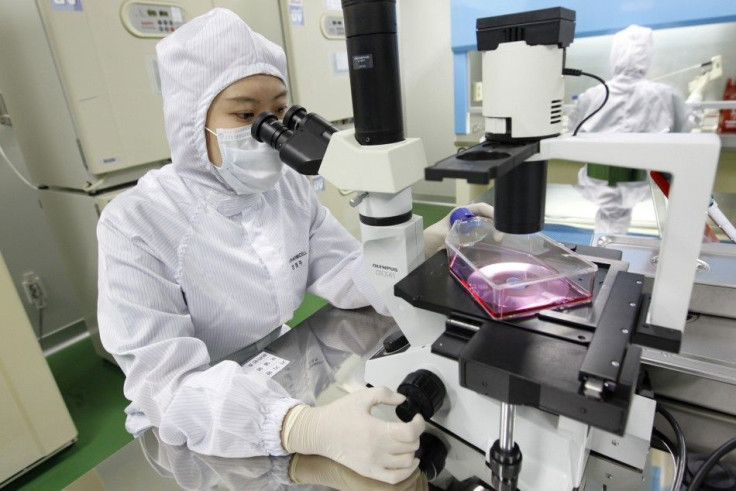Antibiotic Resistance Existed Before Man Created the First Drug?

New findings from an analysis of 30,000-year-old bacteria show that antibiotic resistance is nothing new, rather a widespread natural phenomenon that somehow preceded the breakthroughs of modern medicine.
The DNA of the old bacteria was recovered from permafrost soil in Canada's Yukon Territory.
The results are published in a recent issue of Nature.
Experts now say the new finding highlights the need to sparingly use antibiotics, seeing that the genes for its resistance are widespread and can easily be promoted by antibiotics.
Antibiotic resistance is seen as a current problem and the fact that antibiotics are becoming less effective because of resistance spreading in hospitals is a known fact, said Gerry Wright, scientific director of the Michael G. DeGroote Institute for Infectious Disease Research and Hendrik Poinar. The big question is where does all of this resistance come from?
Wright, who is a evolutionary geneticist and associate professor of anthropology at McMaster University in Ontario, analyzed the DNA from the ancient bacteria. He was able to isolate the DNA and from there, he and his team used state-of-the-art molecular biological techniques to uncover small stretches of ancient DNA.
Wright found that the ancient bacteria in the sediments encompass all the major genes that enable modern bacteria to resist antibiotics.
These scraps of bacterial DNA were found alongside DNA evidence of Pleistocene creatures like mammoths and ancient horses. However, the researchers zeroed in on a specific stretch of DNA that, in modern bacteria, has allowed them to become largely resistant to the drug Vancomycin.
A resistance to this particular antibiotic first occurred in the 1980s and has remained a trademark of infectious outbreaks in hospitals around the world.
We identified that these genes were present in the permafrost at depths consistent with the age of the other DNAs, such as the mammoth, Wright said. Brian Golding of McMaster's Department of Biology showed that these were not contemporary, but formed part of the same family tree. We then recreated the gene product in the lab, purified its protein and showed that it had the same activity and structure then as it does now.
A find like this could mean that the basic mechanisms of antibiotic resistance could be at least 30,000 years older than the first antibiotic drugs.
Wright said this find could help researchers understand antibiotic resistance and the problems it poses.
So much for producing a drug that won't be susceptible to antibiotic resistance.
These things are part of our natural world and therefore we need to be incredibly careful in how we use them, Wright said. Microorganisms have figured out a way of how to get around them well before we even figured out how to use them.
© Copyright IBTimes 2024. All rights reserved.






















